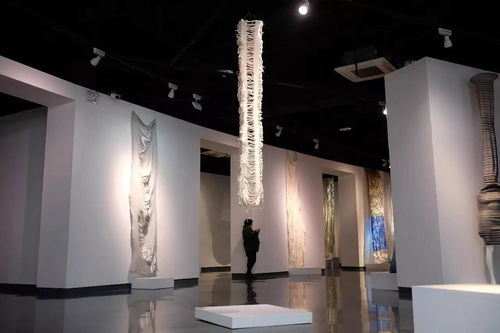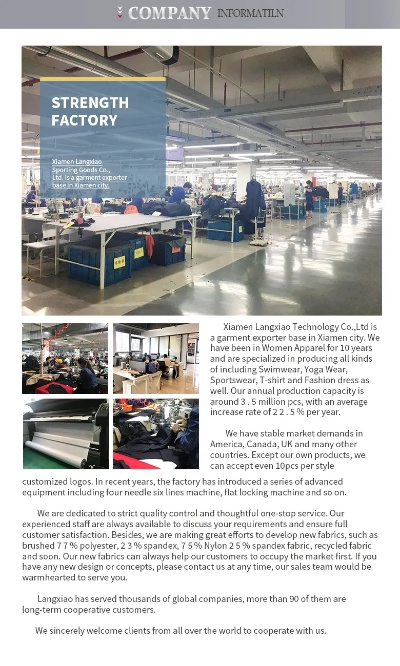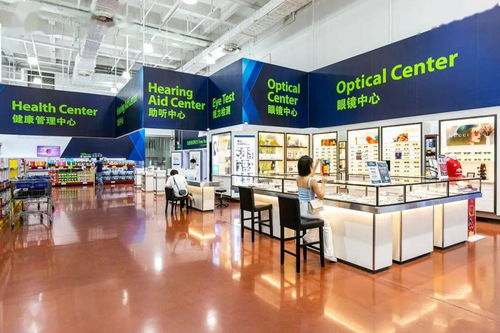The Transformative Power of Innovation in the Textile Industry
Innovation has emerged as a transformative force in the textile industry, driving advancements in materials, processes, and design. This article explores how innovation is reshaping the sector by introducing new technologies such as 3D printing, automation, and smart fabrics that enhance product quality, efficiency, and sustainability. The integration of digital technologies into textile manufacturing has also led to increased customization and personalization, offering consumers more tailored options. Additionally, the shift towards sustainable practices through eco-friendly materials and production methods has become increasingly important, aligning with consumer preferences for ethical and environmentally responsible products. Overall, the textile industry's embrace of innovation is paving the way for a future where textiles are not only functional but also reflective of our changing values and needs.
Introduction: The textile industry, one of the world's oldest and largest manufacturing sectors, has undergone a remarkable transformation over the years. With advancements in technology, sustainability, and consumer preferences, the industry is now more innovative than ever before. In this article, we will explore how innovation is driving the growth and development of the textile industry, and how it is transforming the way we produce, design, and consume textile products.
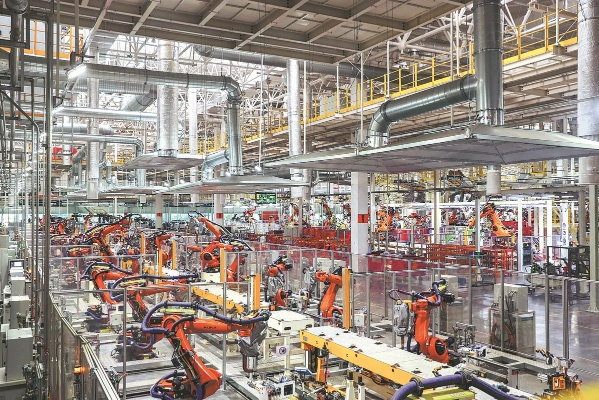
Technological Advancements: One of the most significant drivers of innovation in the textile industry is technological advancements. Advances in automation, robotics, and digital printing have revolutionized the production process, enabling manufacturers to produce high-quality textiles at faster rates with greater efficiency. For instance, the use of computer-controlled machinery has reduced labor costs and improved precision, leading to increased productivity. Digital printing technology has also enabled manufacturers to produce complex patterns and designs on textiles with ease, making them more versatile and customizable.
Sustainability: Another area where innovation is playing a crucial role is sustainability. The textile industry faces several challenges, including environmental pollution, resource depletion, and low-quality products. However, innovation is helping manufacturers address these issues by adopting sustainable practices. For example, the use of eco-friendly materials such as organic cotton, recycled polyester, and bamboo fabrics is becoming increasingly popular. Additionally, manufacturers are exploring alternative energy sources for their factories and reducing waste through recycling and reusing materials.
Consumer Preferences: Finally, innovation is driven by changing consumer preferences. As consumers become more aware of the impact of their choices on the environment and society, they are demanding higher quality, sustainable, and ethically produced textile products. Manufacturers are responding to this demand by developing new products that meet these criteria. For example, there is a growing trend towards biodegradable fabrics made from plant-based materials, which are more environmentally friendly and ethically responsible. Additionally, there is a growing interest in eco-friendly fashion, where consumers are choosing to buy clothing made from recycled materials or those that promote social responsibility.
Case Study: One example of the impact of innovation in the textile industry is the rise of upcycled fashion. Upcycling involves using discarded materials to create new products, reducing waste and promoting sustainability. Companies like Patagonia and Everlane have been pioneers in this movement, using recycled materials to create stylish clothing and accessories that are both functional and environmentally friendly. This trend has not only attracted new customers but also inspired other manufacturers to adopt similar practices.
Conclusion: In conclusion, innovation is driving the growth and development of the textile industry in various ways. From technological advancements to sustainability practices and changing consumer preferences, innovation is shaping the future of the industry. As manufacturers continue to embrace innovation, we can expect to see even greater improvements in the quality, sustainability, and ethicality of textile products. The textile industry is poised for continued growth and transformation, driven by the relentless pursuit of innovation.
背景介绍
我们参观了一家创新纺织厂,看到了其先进的生产技术和卓越的产品质量,下面我们将以图片的形式,为您详细介绍这家纺织厂的创新之处。
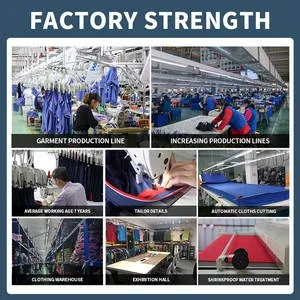
图片展示
以下是关于这家纺织厂的图片展示:
纺织厂全景图
- 工厂布局宽敞明亮,现代化设备齐全。
- 生产线上的工作人员忙碌而有序。
- 展示各种新型纺织材料和产品,如环保纤维、功能性面料等。
创新纺织厂特点分析
技术创新:
a. 智能纺织技术:采用先进的自动化设备和大数据分析,实现生产过程的智能化管理。 b. 绿色环保技术:采用环保纤维和可持续生产方式,减少环境污染。 c. 高效生产模式:采用高效的生产设备,提高生产效率,降低生产成本。
产品创新:
a. 高品质产品:采用高质量原材料,注重产品性能和舒适度,满足不同市场需求。 b. 创新设计:注重产品设计和用户体验,推出具有独特性和个性化特点的产品。 c. 定制化服务:提供定制化生产服务,满足客户个性化需求。
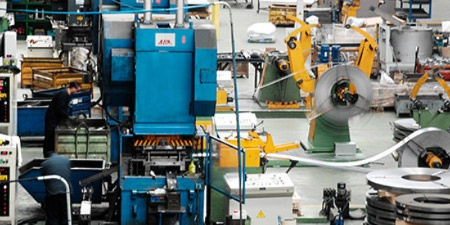
案例说明
为了更好地说明创新纺织厂的特点和优势,我们可以结合一些英文案例进行说明。
环保纤维的应用案例
- 材料来源:该纺织厂主要采用环保纤维作为原材料,减少了对环境的污染。
- 生产过程:采用先进的环保生产技术,减少废弃物排放和能源消耗。
- 应用领域:广泛应用于服装、家居用品等领域,符合当前绿色环保的趋势。
功能性面料的应用案例
- 产品特点:该纺织厂生产的功能性面料具有防静电、抗菌、抗紫外线等功能,满足不同市场需求。
- 生产流程:采用先进的生产工艺和设备,确保产品的质量和性能。
- 市场前景:随着人们对功能性面料的需求增加,该纺织厂的产品市场前景广阔。
总结与展望
通过本次参观创新纺织厂,我们了解到该纺织厂在技术创新和产品创新方面的优势和特点,我们也看到了该纺织厂在未来的发展前景和潜力。
- 未来发展方向:该纺织厂将继续加大技术创新和产品创新的力度,提高生产效率和产品质量,满足市场需求,还将注重绿色环保和生产可持续性,推动行业健康发展。
- 展望未来市场:随着人们对纺织品的需求不断增加,该纺织厂的产品将有更广阔的市场前景,该纺织厂也将继续加强与国际市场的合作和交流,提高自身的国际竞争力。
创新纺织厂在技术创新和产品创新方面具有显著优势和特点,为行业的发展做出了重要贡献,我们相信,在未来的发展中,该纺织厂将继续发挥其优势和特点,推动行业健康发展。
Articles related to the knowledge points of this article:
Transforming Textile Industry Through Advanced Materials and Processes
The Fabric of Our Future:An In-depth Analysis of Textile Mill Roller Workers
The Journey of Smart Textile Factory in Shuyang
The Noisy Background of a Textile Factory
The Story of the Woven Threads of Wuxi Changsheng Textile Factory
